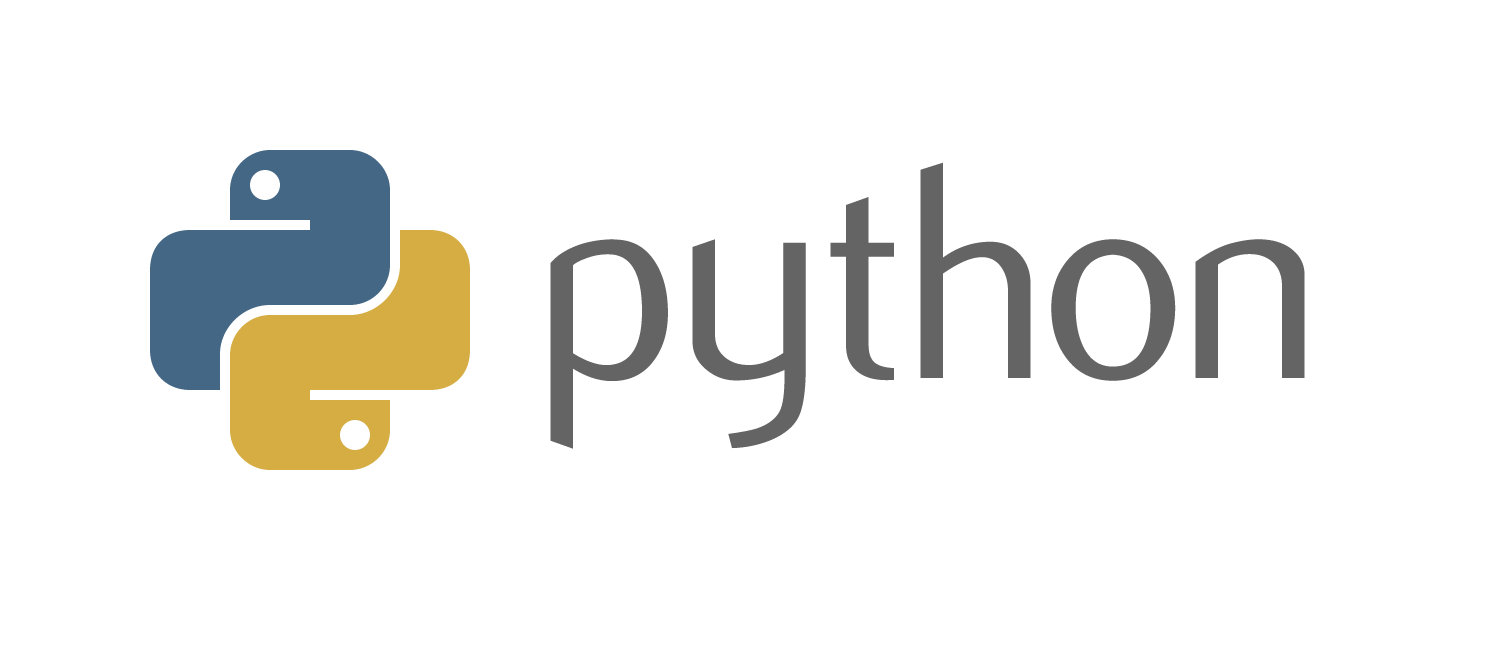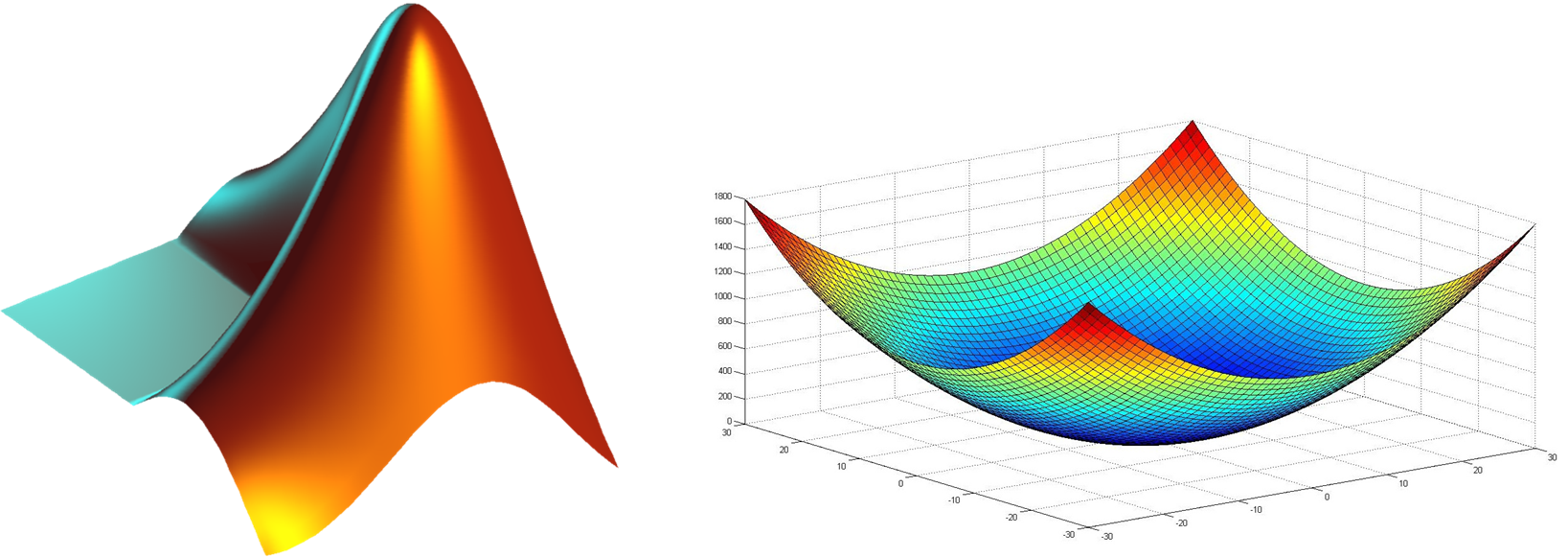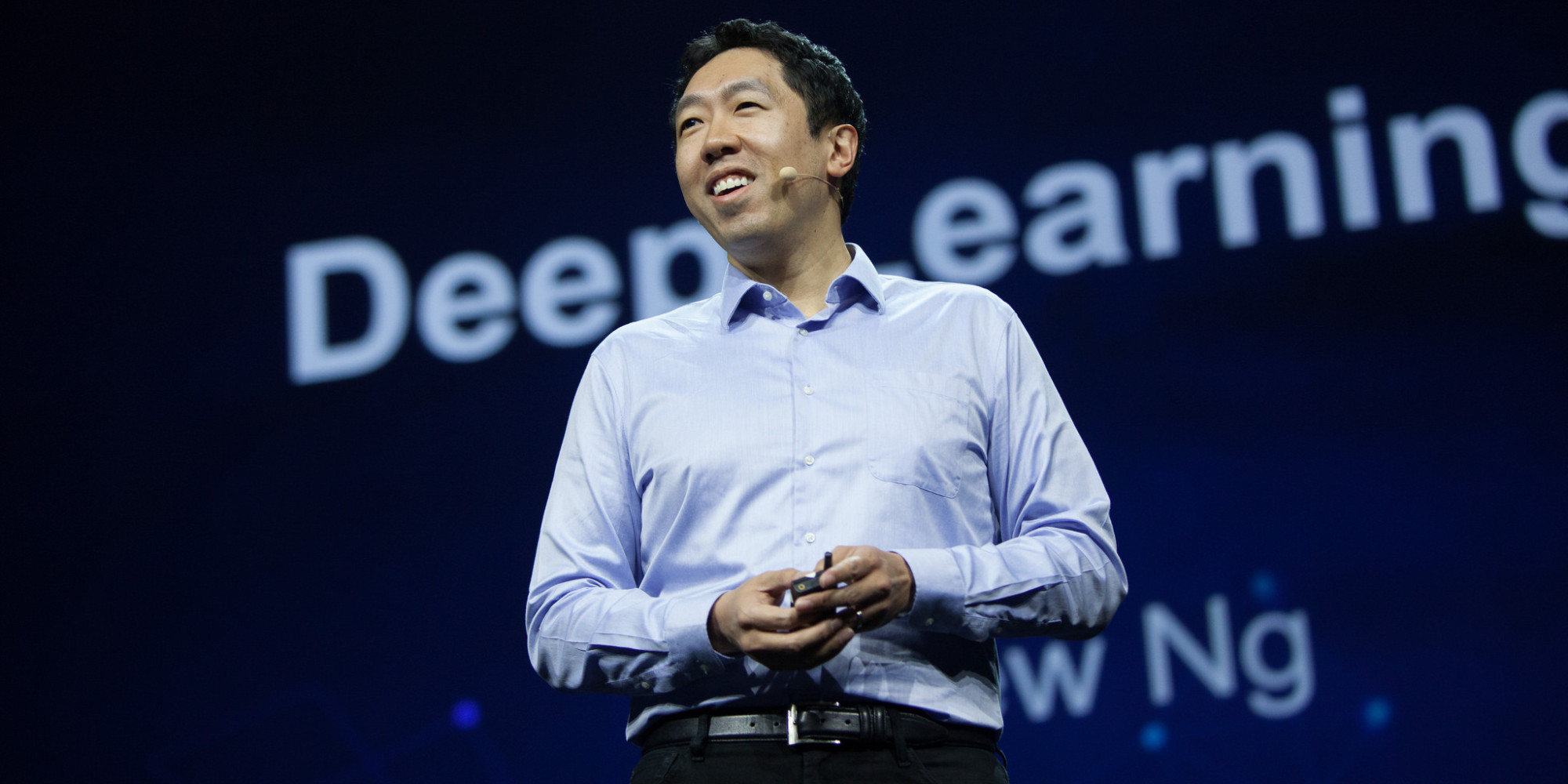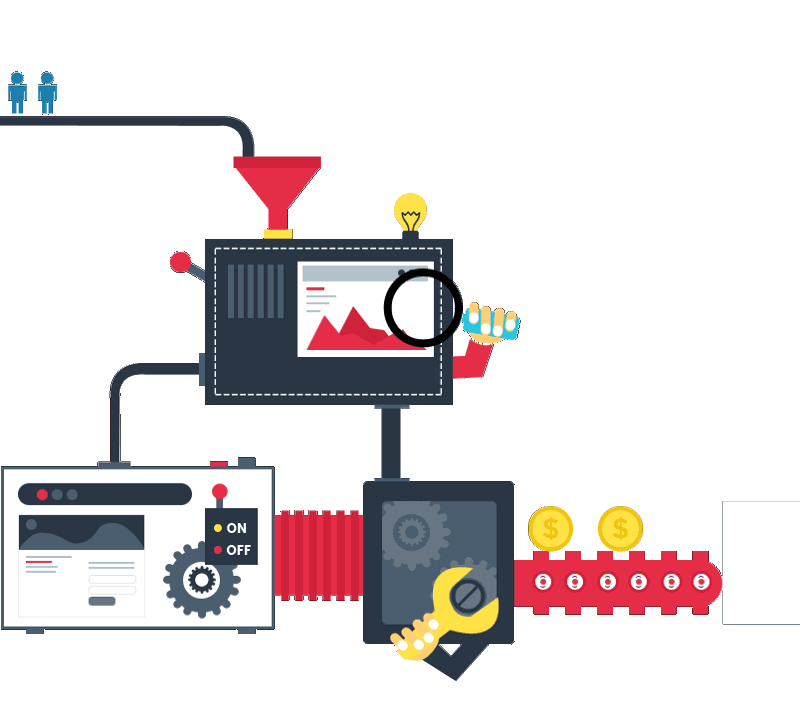
[vc_row][vc_column width=”1/1″]
Heads up! If you want to learn AI with Python, this is the best Python AI course to start with (we actually studied it too): Data Science and Machine Learning with Python – Hands On!
You may be interested in what’s going on in AI sphere, main development stages, achievements, results, and products to use. There are hundreds of free sources and tutorials describing using Python for AI. However, there is no need to waste your time looking through them. Here is a detailed guide with all points you need to know before building artificial intelligence using Python.
1. What Languages Are Used for Building AI?
LISP is one of the most popular languages for creating AI. Its best features include garbage collection, uniform syntax, dynamic typing, and interactive environment. LISP code is written is s-expressions and consists of lists.
Another widely popular AI programming language is Prolog. The best thing about this language is a built-in unifier. Its main disadvantage is that this language is difficult to learn.
C/C++ is used for building simple AI in a short period of time. Java is not as fast as C but its portability and built-in types make Java a choice of many developers. And finally, there is Python. As developers state, Python is similar to Lisp. It’s one of the most popular AI languages. Why is it so? Why do developers code AI with Python? Let’s check it out.
2. Why Do People Choose Python?
Python was created at the end of 1980s. Its implementation started in 1989. Python’s philosophy is very interesting as it includes several aphorisms. Explicit rather than implicit, simple rather than complex. Python creators value beautiful design and look. They prefer complex to complicated. And what’s even more important, they state that readability counts. Python has a clean grammar and syntax. It’s natural and fluent. As Python’s developers state, the language’s goal is to be cool in use. Being named after Monty Python, a British comedy group, the language has a playful approach to many tutorials and other materials.

Developers state that they enjoy the variety and quality of Python’s features. Though it’s not the perfect scientific programming language, its features are efficient:
- Data structures
- Classes
- Flexible function calling syntax
- Iterators
- Nested functions
- Kitchen-sink-included standard library
- Great scientific libraries
- Cool open source libraries (Numpy, Cython, IPython, MatPlotLib)
Other features developers like about Python are as following: the holistic language design, thought out syntax, language interoperability, balance of high-level and low-level programming, documentation generation system, modular programming, correct data structures, numerous libraries, and testing frameworks. One of the disadvantages is the need of programmers to be good at MATLAB, as it’s common in general scientific coding. That’s why many devs publish open research code in MATLAB.

If comparing to other OOP languages, Python is relatively easy to learn. It has a bunch of image intensive libraries: VTK, Maya 3D Visualization Toolkits, Scientific Python, Numeric Python, Python Imaging Library, etc. These tools are perfect for numeric and scientific applications.
Python is used everywhere and by everyone: in simple terminal commands, in vitally important scientific projects, and in big enterprise apps. This language is well designed and fast. It’s scalable, open source, and portable.
3. How to Build AI Using Python?
The first step is to get started. Though it sounds a bit stressful and hard, you should understand that building AI in Python will take some time. The amount of time needed depends on your motivation, skills, the level of programming experience, etc.
In order to build AI with Python, you need to have some base understanding of this language. This is not just a popular general purpose programming language. It’s also widely used for machine learning and computing. First of all, install Python. You may do that installing Anaconda, the open source analytics platform. Including the needed packages for machine learning, NumPy, scikit-learn, iPython Notebook, and matplotlib.
If you are searching for some materials on how to boost your Python skills quicker, check out the following books:
- Python The Hard Way
- Google Developers Python Course
- An Introduction to Python for Scientific Computing
- Learn X in Y Minutes
If you’ve already got enough experience of programming using Python, you should still check out Python documentation from time to time.
The next step is to boost your machine learning skills. Of course, it’s almost impossible to reach the ultimate understanding of machine learning in a short period of time. Unless you are a genius or a machine like IBM Watson. That’s why it’s better to start with gaining basic machine learning knowledge or improving its level with a help of the following courses: Andrew Ng’s Machine Learning Course, Tom Mitchell Machine Learning Lectures, etc. Everything you need is the basic understanding of machine learning theoretical aspects.

When talking about Python, I’ve already mentioned scientific libraries. These Python libraries will be useful when you build AI. For example, you will use NumPy as a container of generic data. Containing an N-dimensional array object, tools for integrating C/C++ code, Fourier transform, random number capabilities, and other functions, NumPy will be one of the most useful packages for your scientific computing.
Another important tool is pandas, an open source library that provides users with easy-to-use data structures and analytic tools for Python. Matplotlib is another service you will like. It’s a 2D plotting library that creates publication quality figures . Among the best matplotlib advantages is the availability of 6 graphical users interface toolkits, web application servers, and Python scripts. Scikit-learn is an efficient tool for data analysis. It’s open source and commercially usable. It’s the most popular general purpose machine learning library.
After you work with scikit-learn, you may take programming AI using Python to the next level and explore k-means clustering.You should also read about decision trees, continuous numeric prediction, logistic regression, etc. If you want to learn more about Python in AI, read about a deep learning framework Caffee and a Python library Theano.
There are Python AI libraries: AIMA, pyDatalog, SimpleAI, EasyAi, etc. There are also Python libraries for machine learning: PyBrain, MDP, scikit, PyML. If you’re searching for natural language and text processing libraries, check out NLTK.
As you see, the importance of Python for AI is obvious. Any machine learning project will benefit from using Python. As AI needs a lot of research, programming artificial intelligence using Python is efficient – you may validate almost every idea with up to thirty code lines.
4. How to Create a Chatbot Using Python?
If you read the Letzgro blog often, you know that we love creating awesome apps and programs that help our clients change their lives and businesses in particular. Chatbots are our new love. Chatbots are the new beginning. Chatbots are the new apps. I can continue it for ages. However, everything you should know is that chatbots are new online assistants that provide different services via chatting.

For example, there is Hi Poncho! that tells people the weather forecast. There is The Spring chatbot that allows people choose shoes and clothes while chatting. There is CNN chatbot, a chatbot that orders flowers. Recently, our developers have built a chatbot that facilitates work of an entrepreneur who promotes tattoo artists via Instagram. Isn’t that cool? A chatbot may be used in every sphere, business, and every environment.
Chatbots are a type of AI. To be more specific, chatbots are ANI, artificial narrow intelligence. They are not as clever as humans. Besides, chatbots can carry out a limited amount of tasks. Nevertheless, these functions still make our lives easier. That’s why so many entrepreneurs are thinking about bringing chatbots to their sites. There are many ways to do that. You may use different languages and approaches. You may build chatbots with a professional software development company. You may also build it using Python. Here is a short guide how to do that.
If you want to create artificial intelligence chatbots in Python, you’ll need AIML package (Artificial Intelligence Markup Language). First of all, create a standard startup file with on pattern. Load aiml b. Add random responses that make a dialog interesting. Now to write your own AIML file, browse for some files you already may use. For example, search among AIML files from the Alice Bot website. Enter Python.
When you create the startup file, it will then serve as a separate entity. Thus, you may have more AIML files without source code modifications. The program will start learning when there are many AIML files. Speed up the brain load. Add Python commands. So that’s an introduction to how you can make artificial intelligence using Python.
If you’ve got any questions concerning AI, Python, chatbots, and machine learning, feel free to ask. We’ll do our best to provide the answers you can use for boosting your business. Check out our article about using Java for creating AI. You’ll love it! Stay tuned![/vc_column][/vc_row]



How do I go about creating the architecture for my python Ai?
Hello Drew,
Please fill the form at http://letzgro.net/contacts/ and let us know more about your project. We’ll be glad to help you.